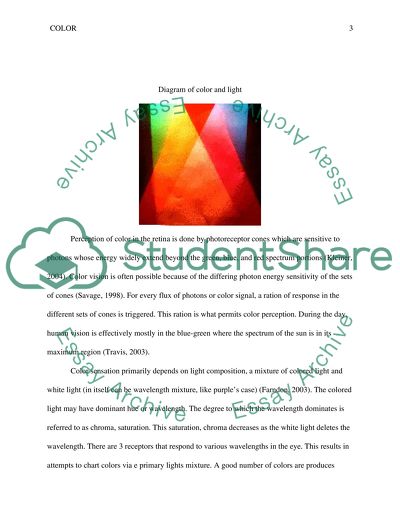Cite this document
(“Color Research Paper Example | Topics and Well Written Essays - 1250 words”, n.d.)
Color Research Paper Example | Topics and Well Written Essays - 1250 words. Retrieved from https://studentshare.org/physics/1491280-color
Color Research Paper Example | Topics and Well Written Essays - 1250 words. Retrieved from https://studentshare.org/physics/1491280-color
(Color Research Paper Example | Topics and Well Written Essays - 1250 Words)
Color Research Paper Example | Topics and Well Written Essays - 1250 Words. https://studentshare.org/physics/1491280-color.
Color Research Paper Example | Topics and Well Written Essays - 1250 Words. https://studentshare.org/physics/1491280-color.
“Color Research Paper Example | Topics and Well Written Essays - 1250 Words”, n.d. https://studentshare.org/physics/1491280-color.


